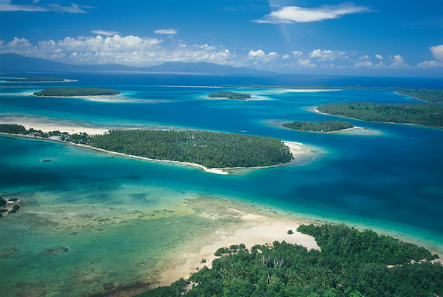In October of 2024, a massive coral was uncovered off the coast of the Solomon Islands, setting a record as the largest standalone coral ever discovered. Initially mistaken for a shipwreck due to its immense size, the coral spans 112 feet in width and 105 feet in length, surpassing even the blue whale. Marine biologist Manu San Félix, who first spotted the coral, described it as “close to the size of a cathedral” according to Smithsonian Magazine.
This remarkable discovery was made by the National Geographic Pristine Seas team, who had been conducting an expedition to study the ocean’s health in the region. The coral, identified as Pavona clavus, is a shoulder-blade coral, named for the scapula-like ridges that form its structure. It is estimated to be between 300 and 500 years old, evidence of its resilience in the face of environmental challenges. The giant organism is made up of nearly a billion polyps—tiny, genetically identical creatures that work together to build the coral’s massive structure.
The newfound coral, although impressive in size, faces growing threats. In Science News, Eric Brown, a coral scientist with the Pristine Seas team, said, “It’s important for us to do whatever we can to protect these environments that are both small, yet mighty.” As one of the most diverse and productive ecosystems on Earth, coral reefs are under constant threat from climate change, pollution, and overfishing, with nearly half of the world’s warm-water reef-building corals now at risk of extinction.
This discovery, however, offers some hope. “The existence of large and old corals is a sign of hope—that it’s not too late to protect, conserve, and restore the oceans while fighting against climate change,” said marine scientist David M. Baker to NBC News, explaining that corals, despite their vulnerabilities, still have a chance at survival if the right conservation measures are taken.
The discovery of this record-breaking coral in the Solomon Islands not only highlights the awe-inspiring potential of our planet’s marine ecosystems but also serves as a powerful reminder of the urgent need for conservation. As climate change and other environmental threats continue to jeopardize coral reefs, the resilience of this massive coral symbolizes both the fragility and hope that exist within our oceans. Moving forward, the protection of such unique ecosystems will require global cooperation, innovation, and sustained efforts to ensure that marine life can continue to thrive for generations to come.








